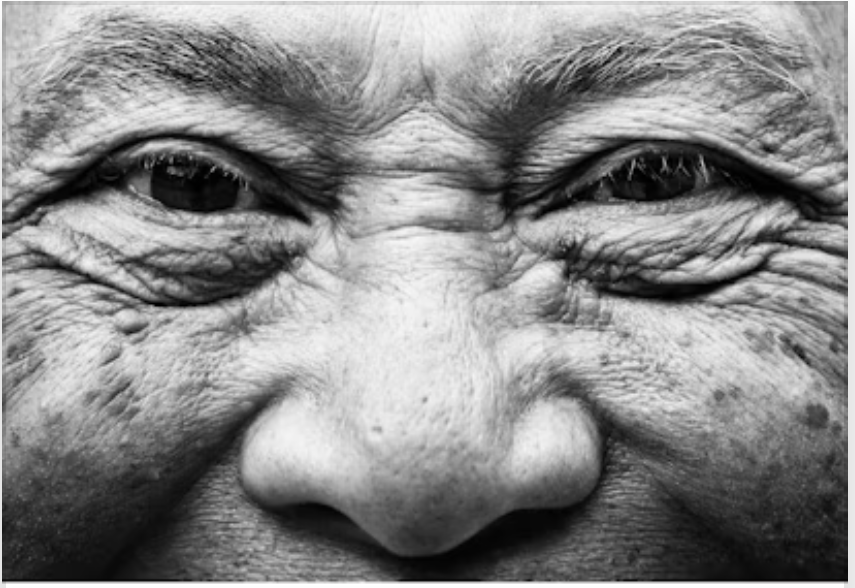Innovation from the Trenches

A hundred years ago today the Allies and the Central Powers led by Germany were mired in the slaughterhouse known as World War I. Roughly 11 million soldiers died on the battlefield and in its notorious trenches. With the death of the last veteran of the conflict, Britain’s Florence Green, in 2011, the Great War passed from living memory.
A new exhibition at UC Santa Barbara aims to bridge the years with artifacts that reflect the dawn of modern warfare. “Helmets of the First World War: Battle, Technology and Culture” in the UCSB Library features steel helmets, an innovation from the trenches of the war. Running through the end of the winter quarter and open to the public, the exhibition was curated by John W.I. Lee, a professor of history at UCSB. “When we think of what war is now, helmets are a standard part of it,” he said.
When the war started in 1914, armies went into battle with brightly colored uniforms and soft caps, in the styles of the 1800s. With the advent of new artillery and trench warfare, however, their clothing was a recipe for death. Head wounds from artillery shells killed large numbers of soldiers. The French, reacting to the carnage, introduced the first steel helmets in 1915. Other countries soon followed with their own versions.
The exhibition on the library’s first floor features helmets from France, the United Kingdom, Italy, Germany and the U.S. It also includes caps worn before the introduction of helmets. One, the German leather Pickelhaube, is instantly familiar with its single spike on top. “I did try to select things that were iconic,” Lee explained. “Everyone recognizes that spiked headgear as an image, and I wanted to explain why you see that, and then it goes away.” The Pickelhaube was replaced by the German steel helmet, which, he said, “has become symbolic of German militarism.”
Lee noted that the French in particular paid horribly for their valor in WW I. France had a population of 39 million in 1914, and mobilized 8.4 million men for the war. Some 1.5 million died — nearly 4 percent of the population—and another 3.2 million were wounded. “We can’t even comprehend that,” he said. “The United States in World War II lost about 420,000 men, less than 1 percent of our population.” The U.S., he said, lost 58,000 soldiers in Vietnam over two decades. “It helps to put it in context of what the United States has experienced. In a single week in 1914 the French army suffered almost that many killed. And that was just the first of four years.”
Armistice Day, now Veterans Day, commemorates the day that fighting ended Nov. 11, 1918.
Lee assembled the exhibition from the collection of UCSB alumnus John Blankenship, the Pierre Claeyssens Veterans Foundation, the UCSB Library’s Special Research Collections and one unexpected source: Santa Barbara County Sheriff Bill Brown. The avid history buff contributed a French Adrian helmet that still has the original blue-gray paint.
Lee curated the exhibition with the aid of Sydney Martin, an undergraduate research assistant. “I think this was a really good example of how students can do first-hand, primary-source research with professors,” said Lee, who credited Martin’s work sifting through the library’s Special Research Collections. “Sydney was so interested in the material that she would go there three days a week. So I’m really proud I was able to work with a student like that. It was a really neat experience.”
Cinematic Accompaniment
As part of the exhibition, the 1932 French film “Wooden Crosses” (Les Croix de Bois) will screen in the library’s Instruction and Training Room 1312 (first floor, mountain side) Wednesday, Nov. 16 at 6 p.m. Directed by Raymond Bernard, the film is a grimly realistic portrayal of WW I trench warfare.
“It’s powerful; it’s not Hollywood,” said Lee, who will introduce the film. “There is not a romantic element. It’s a 1930s movie but it doesn’t pull any punches; it’s a very, very honest depiction of the war.”
One of the most remarkable aspects of the film, Lee noted, is that all the actors were veterans of the Great War. “It was filmed on some of the actual battlefields,” he said, “which means that during the filming they would find human remains from the war. It stuns me to imagine that these men who experienced it in real life would then, 15 years later, be in a movie of it. It’s one of the incredible things about the film.”







